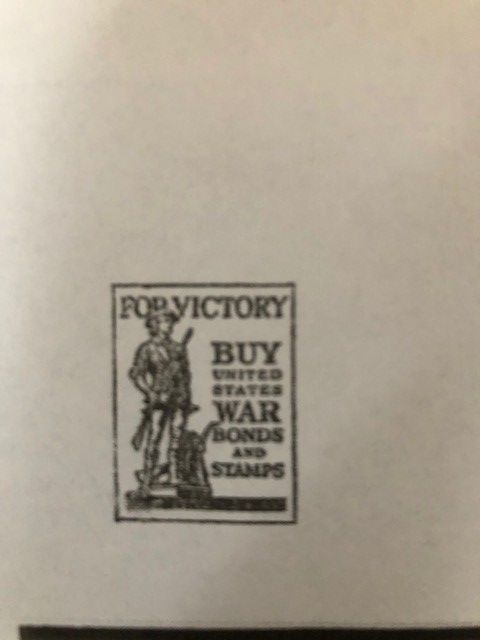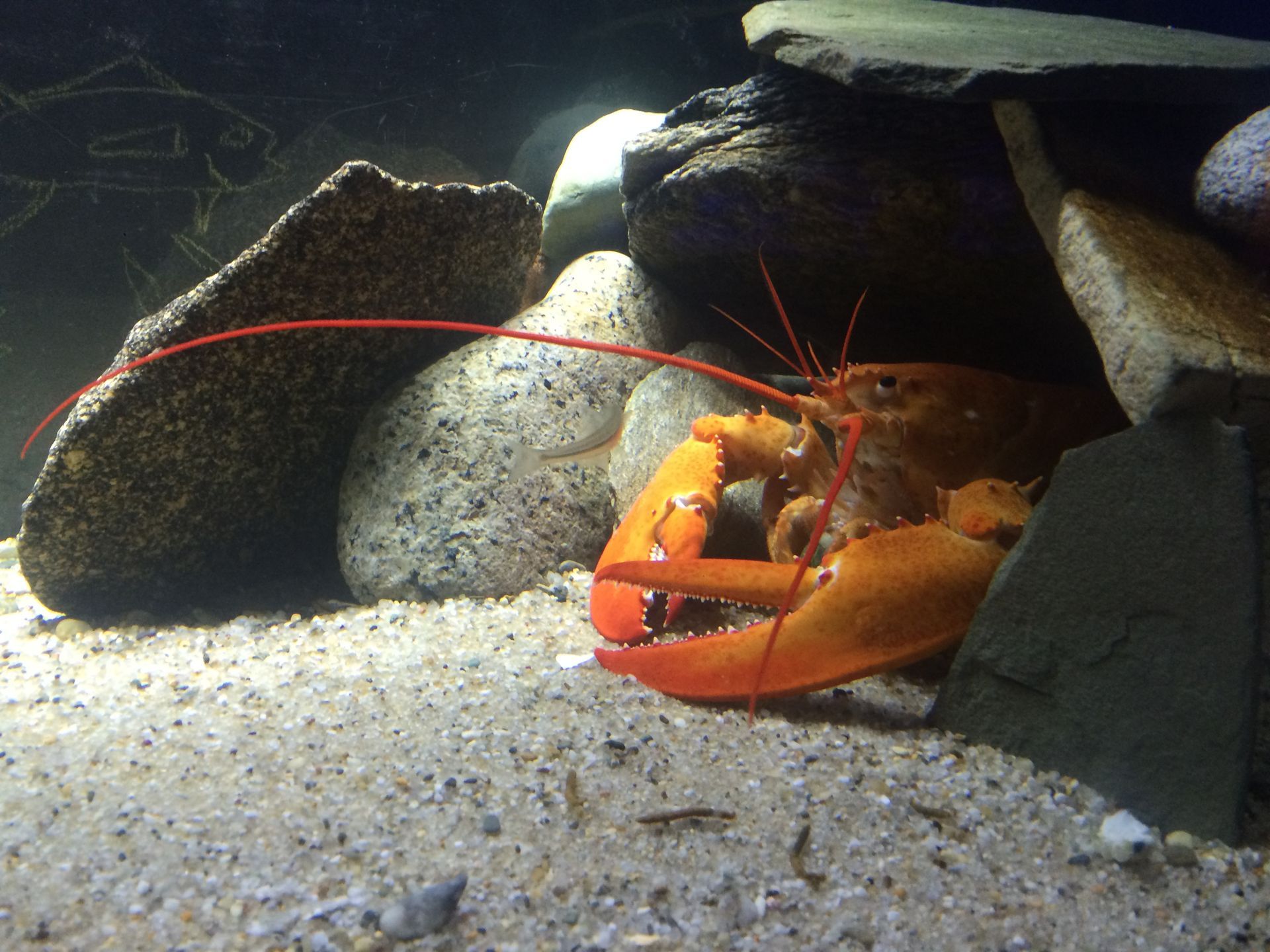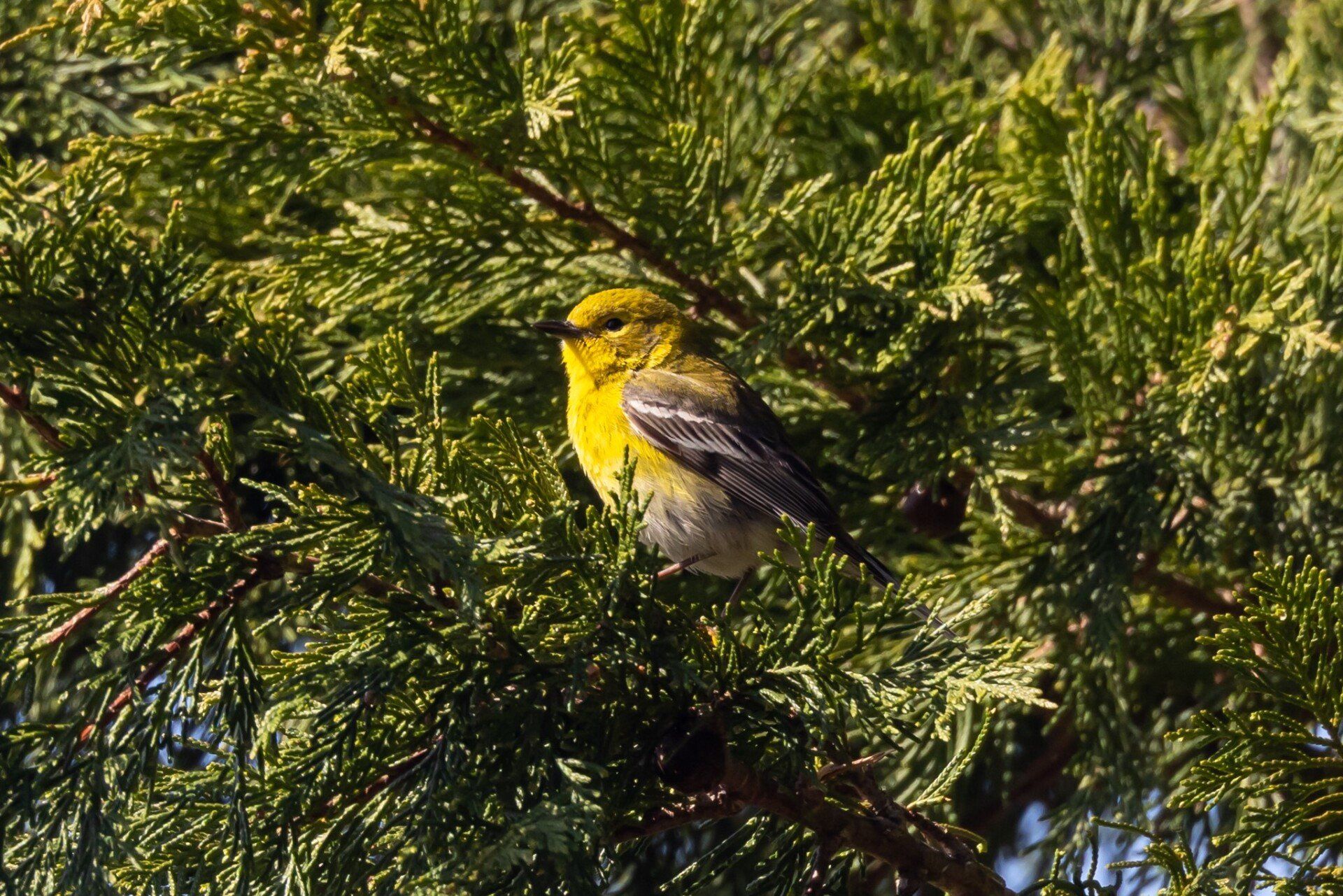Keep Calm and Bird On: May 2022
“If you don’t look, you don’t see. You have to go and look.”
-Edith Andrews
May is warbler month, when breeding birds are at their most expressive. Nantucket, with its (often) late and (usually) cold spring weather doesn’t get the big flights found in the (typically) warmer interior. But that doesn’t mean we shouldn’t look! What could be more delightful than a sun-lit Pine Warbler caressing the air above its spiky perch with its melodic rattle of song? There’s plenty of time to enjoy them. But we also get a selection of other migrants, sometimes rare for timing and location. Warblers are tiny, fleeting, elusive, frustrating, infuriating… It’s hard to get a good or even a complete look at those fast-moving jeweled puzzles with wings—there’s even a well-recognized spring birder ailment: “warbler neck.”
When it comes to identifying warblers, details are the name of the game. It helps to spend some time looking at the “parts of a bird” diagrams in the front of many bird guides. They show us the complexity of bird anatomy, and give a language for analyzing structure and plumage. It also helps to drool over illustrations, just as gardeners view seed catalogues in the winter.
And a new internet tool tells us when nocturnal migrating birds are passing over. Go the birdcast website, click on “migration tools” and go to “migration dashboard” to see what is moving in your area. Notable this month: World Migratory Bird Day on May 14, with events sponsored by MMA, the Linda Loring Nature Foundation, and the Nantucket Conservation Foundation. Maria Mitchell Association’s annual Bird-a-thon fundraiser to benefit our collections begins at 5:00 p.m. May 20, and ends 24 hours later. How many birds can we see in a day? Stay tuned.
Recent Posts





